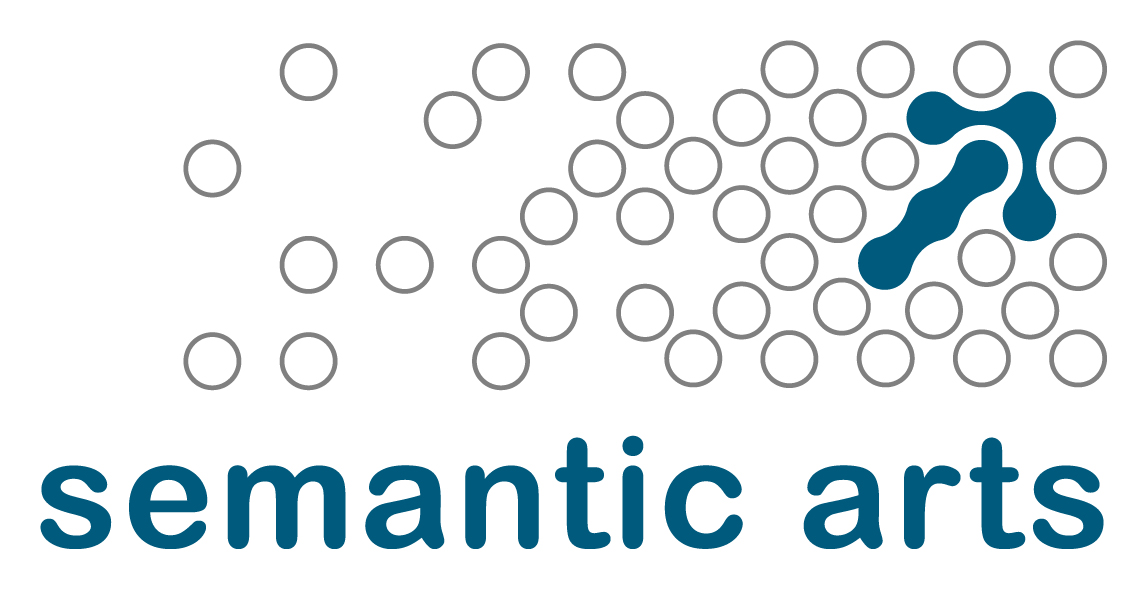At Procter & Gamble, over 10,000 people work in R&D in hundreds of different disciplines. P&G had no traditional information systems capturing the critical information in this brain trust. They engaged Semantic Arts to create an ontology that would organize this vast body of unstructured information into a definitional model that could be used to build future databases and applications. This exercise resulted in the creation of an ontology that had only 400 classes and 200 properties. We then decided to see how the model would change as we drilled down to model the specific elements of actual lines of business. We applied the definitional model to two lines of business, batteries and toothbrushes. We defined these businesses to the level of detail required to build a new database enabling cross-disciplinary search. Because there were many more details to represent, this effort increased the number of classes by 50% while adding only four new properties to the ontology. Considering that a property is the equivalent of a new column in a database table, this exercise proved the elegance of the new schema. The increased simplicity will enable P&G researchers to conduct cross-functional searches without an intimate knowledge of the database structure, making them more efficient, effective and autonomous.

